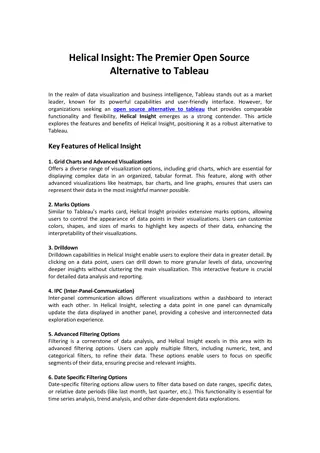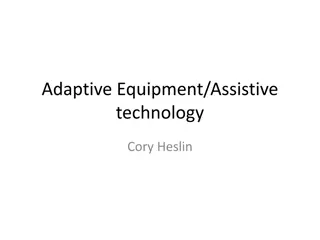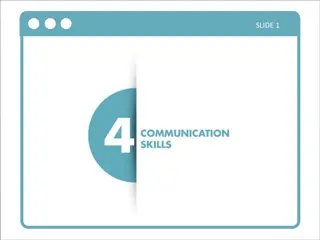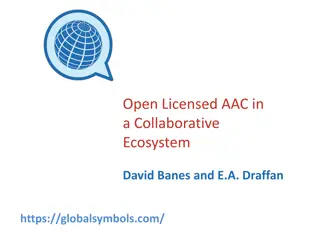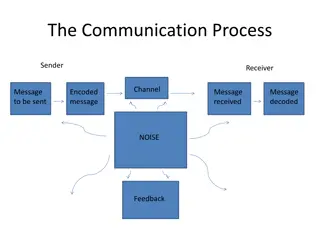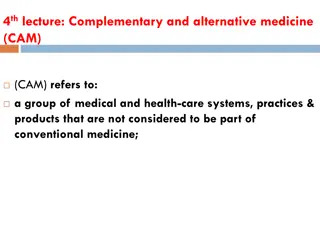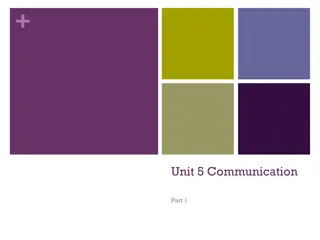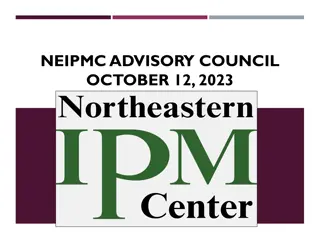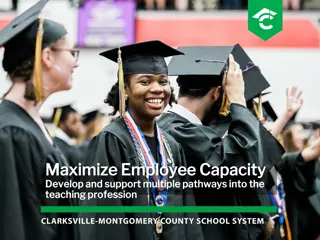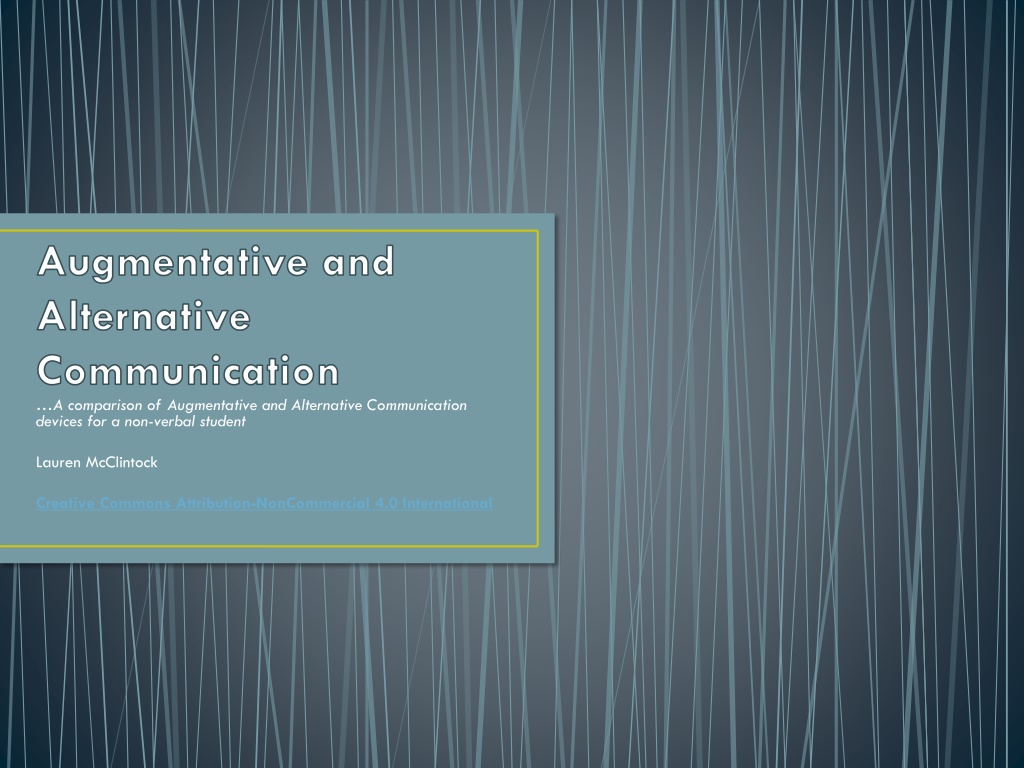
Comparison of Augmentative and Alternative Communication Devices for Non-Verbal Students
Explore a comparison of Augmentative and Alternative Communication (AAC) devices used by non-verbal students, including types of AAC systems, benefits of AAC, and a case study focusing on a five-year-old girl with Down Syndrome. Learn how AAC devices enhance communication skills and promote inclusion.
Download Presentation

Please find below an Image/Link to download the presentation.
The content on the website is provided AS IS for your information and personal use only. It may not be sold, licensed, or shared on other websites without obtaining consent from the author. Download presentation by click this link. If you encounter any issues during the download, it is possible that the publisher has removed the file from their server.
E N D
Presentation Transcript
Augmentative and Alternative Communication A comparison of Augmentative and Alternative Communication devices for a non-verbal student Lauren McClintock Creative Commons Attribution-NonCommercial 4.0 International
Alternative and Augmentative Communication (AAC) Devices AAC devices use picture symbols, word processing features, apps on iPads, and hundreds of other means as a way to allow individuals with significant communication needs the ability to express their wants, needs, and ideas to peers and adults (Asha, 2013).
Types of AAC Unaided communication systems rely on the user's body to convey messages. Examples include gestures, body language, and/or sign language (Asha, 2013). Aided communication systems require the use of tools or equipment in addition to the user's body. Aided communication methods can range from paper and pencil to communication books or boards to devices that produce voice output (speech generating devices or SGD's)and/or written output (Asha, 2013).
Why AAC? Increase self-worth of individuals Increase communication skills for non-verbal students Enhance communication skills for students with significant speech- language impairments Build social relationships Promote inclusion into settings with non-disabled peers
More about AAC devices in Classrooms https://www.youtube.com/watch?v=wmbOmMfhd5k
AAC Apps for iPads and other Apple Devices Retrieved from http://www.spectronics.com.au/downloads/general/iPhone%20iPad%20and%20iPod%20touch%20Apps%20AUS.pdf
A Case Study The purpose of my study is to determine the effectiveness of using a picture based symbol approach verses an app on the Apple iPad to measure the frequency of communicative exchanges between a nonverbal student with an intellectual disability and her peers and teachers.
Participant The single participant for this case study was a five year old girl, Ava. Ava was diagnosed with Down Syndrome after an ultrasound revealed abnormalities with her heart and limb measurements. Prior to her first birthday Ava underwent open heart surgery, received a tracheotomy, and also a feeding port into her stomach. Ava has received services through BabyNet since birth including speech and language, physical, and occupational therapies. Ava is currently in a self-contained special education classroom for kindergarten through third grade students with moderate to severe intellectual disabilities. Ava receives physical, occupational, and speech language services twice weekly in a school setting and is taught all core academic areas using a modified curriculum to meet her unique needs.
Participant Academic and adaptive weaknesses include her limited ability to make vocalizations (able to vocalize less than five words), her ability to follow multi-step directions, unable to recognize letters, numbers, colors, and shapes, and delays in all gross and fine motor domains. Academic and adaptive strengths include the ability to complete inset puzzles, make marks on paper using writing utensils, select named pictures and items, and match pictures of items. Interest include watching cartoons, playing with baby dolls, using markers to color, dancing, and eating snack.
Setting Data was collected at Ava s elementary school in a rural community of South Carolina. Teachers and classroom paraprofessionals collected data of her in her natural environment, her classroom, during daily activities.
Procedures During the ten day data collection period, Ava was introduced to a category of requested items needs. Included in this category were the following four request: bathroom, help, open, and glasses clean. Ava was introduced to these four request using two types of AAC devices the previously established use of a Velcro picture based system and an app on the Apple iPad.
Procedures Ava had access to the Velcro based picture system for the first five days of the study and frequency data was collected to monitor the request being made. During days six thru ten of the study, Ava was only given access to an app on the iPad to make the four request from the needs category. Frequency data was collected by both teacher and paraprofessionals during a seven hour school day over a period of two weeks.
Results Ava made fourteen independent requests using the Velcro picture based system and twenty-eight total independent request using the iPad during the ten day study. Number of Independent Request During 5 Day Period Number of Independent Request During 5 Day Period Communication Book App on iPad Bathroom 0 Bathroom 0 Glasses Clean 10 Glasses Clean 16 Help 6 Help 4 Open 6 Open 0 Total: 28 Total: 14
Implications for Practice Being in my classroom in excess of seven hours a day provides countless opportunities to promote language in my students. There are truly hundreds of AAC devices out there and finding the right one for each child could open up so many doors for them. In this case it seems that even students with significant cognitive and speech language impairments have a preference and should be given choices about how they prefer to communicate.
Resources Asha, A. (2013, June). Augmentative and alternative communication (AAC). Retrieved June 15, 2016, from http://www.asha.org/public/speech/disorders/AAC/ Augmentative and Alternative Communication (AAC) in the Preschool Classroom -- CIRCA-Part 1. (2014). Retrieved June 15, 2016, from https://www.youtube.com/watch?v=wmbOmMfhd5k Sailors, E., Sennott, S., & Niemeijer, D. (2009). IPhone, iPod, and Special Education. Retrieved June 15, 2016, from http://www.spectronics.com.au/downloads/general/iPhone%20iPad%20and %20iPod%20touch%20Apps%20AUS.pdf iPad Apps for

